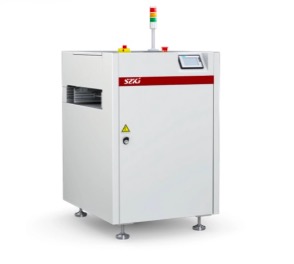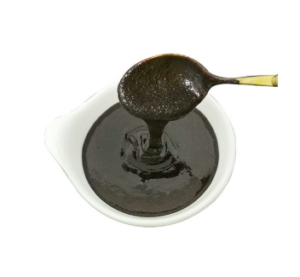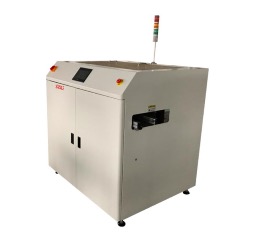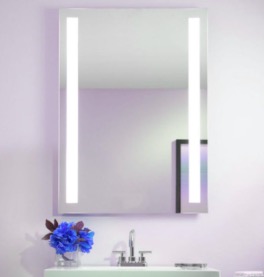As we go about our daily lives, we often take for granted the importance of temperature and humidity in our surroundings. From the comfort of our homes to the efficiency of industrial processes, these two factors play a crucial role in maintaining the balance of our environment. In order to accurately measure and monitor temperature and humidity, the use of a reliable temp and humidity meter is essential.
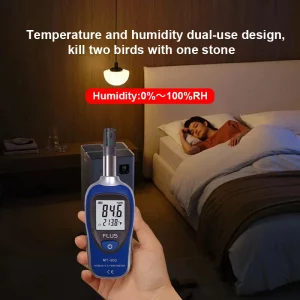
The principles of temperature and humidity measurement are based on the understanding of the physical properties of air and the behavior of molecules in response to changes in temperature and moisture. By utilizing advanced technology and scientific principles, modern temp and humidity meters are able to provide accurate and real-time data, allowing for better control and management of environmental conditions.
One of the key principles of temperature measurement is the use of thermocouples, resistance temperature detectors (RTDs), and thermistors. These devices work on the principle of thermal expansion, where changes in temperature cause the materials to expand or contract, resulting in a change in electrical resistance, This change in resistance is then converted into a temperature reading, providing precise measurements for various applications.
In the case of humidity measurement, the principle lies in the use of sensors that can detect the amount of water vapor present in the air. These sensors can be based on capacitive, resistive, or thermal conductivity principles, each offering unique advantages in terms of accuracy and response time, By understanding the behavior of water vapor in different conditions, these sensors are able to provide reliable humidity readings for a wide range of environments.
When it comes to selecting the right temp and humidity meter, it is important to consider the specific requirements of the application. For instance, in industrial settings where precise control of temperature and humidity is critical for manufacturing processes, a high-precision meter with data logging capabilities may be necessary. On the other hand, for home or office use, a more user-friendly and portable meter may be sufficient for monitoring comfort levels.
In addition to the principles of measurement, calibration, and maintenance are also crucial aspects of ensuring the accuracy and reliability of temp and humidity meters. Regular calibration helps to verify the performance of the meter and make necessary adjustments to ensure consistent and precise readings. Furthermore, proper maintenance, such as sensor cleaning and storage, can prolong the lifespan of the meter and prevent any potential issues that may affect its performance.
With the advancement of technology, modern temp and humidity meters are equipped with features such as wireless connectivity, data logging, and remote monitoring capabilities. These features not only enhance the convenience of monitoring environmental conditions but also enable proactive management and control of temperature and humidity levels.
In conclusion, the principles of temperature and humidity measurement are fundamental to understanding the behavior of air and the impact of these factors on our surroundings. By utilizing advanced technology and scientific principles, temp and humidity meters play a crucial role in providing accurate and reliable data for various applications. Whether it’s for maintaining optimal conditions in industrial processes or ensuring comfort in our living spaces, the use of a reliable temp and humidity meter is essential in achieving precise control and management of environmental conditions.
0